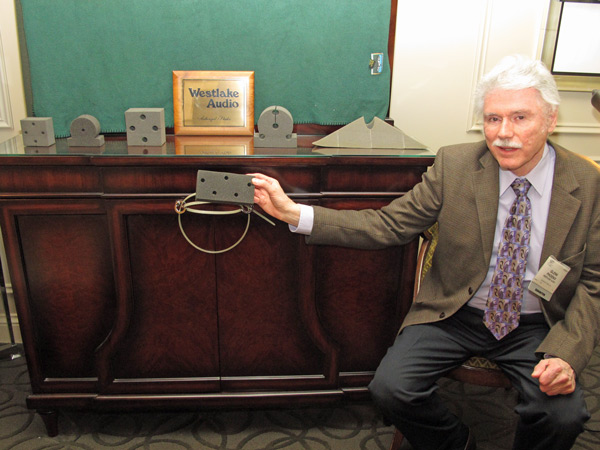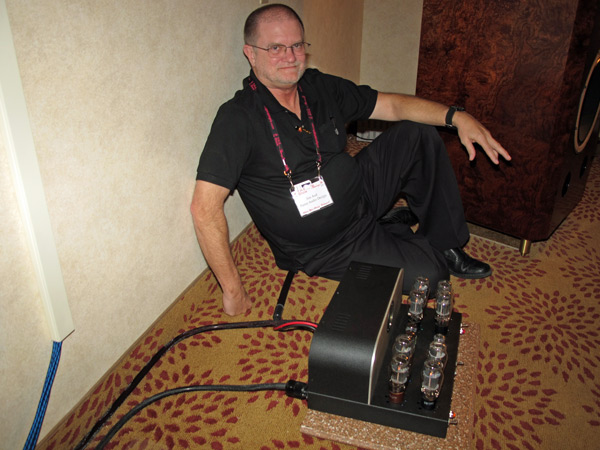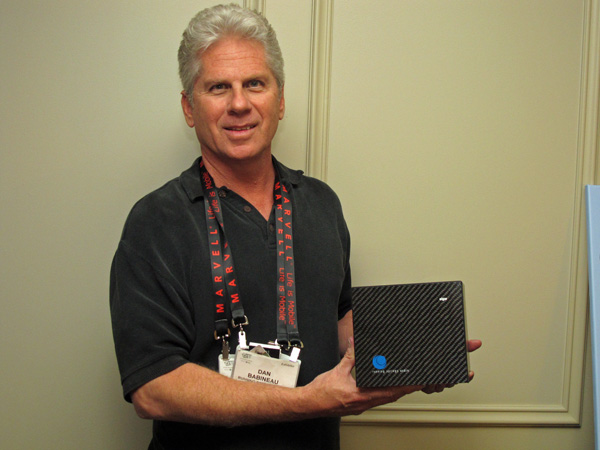
Where did the passion go.
- Read more about Where did the passion go.
- Log in or register to post comments
Brand new to the Stereophile so your advice and opinions are highly appreciated.
A couple of months ago I decided to build my first ever analog system. It, being a beginner system, and because economics, I am thinking about spending $2,000-$3,000 on it. Ideally it would have to include tube pre-amp and amp, but I realize that might not be realistic so a tube integrated amplifier would do (even this might be out of budged as far as I know). The room is about 18' by 13'.




OK guys which forum now has the banter we used to have on this forum ? it seems this one is dying rapidly